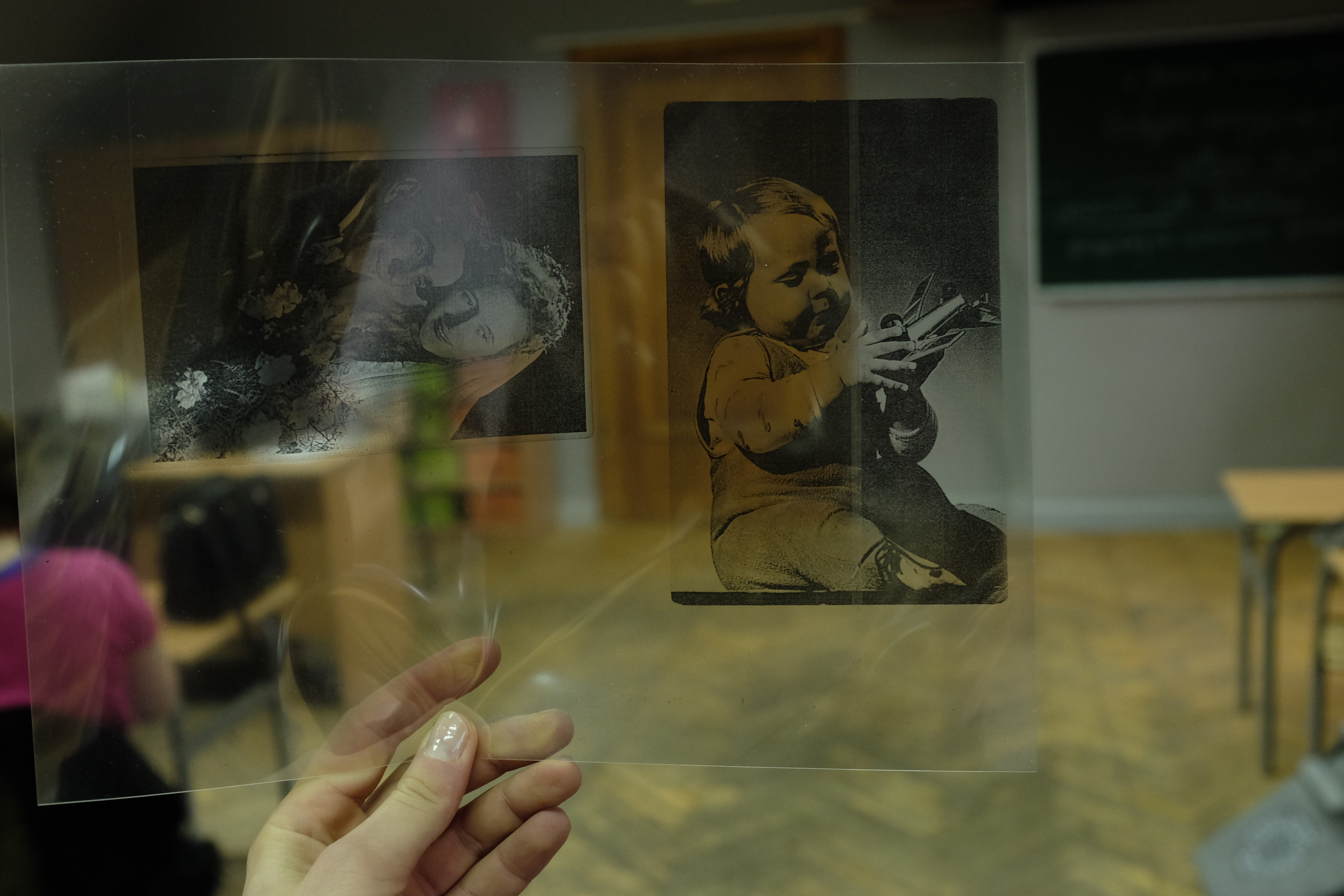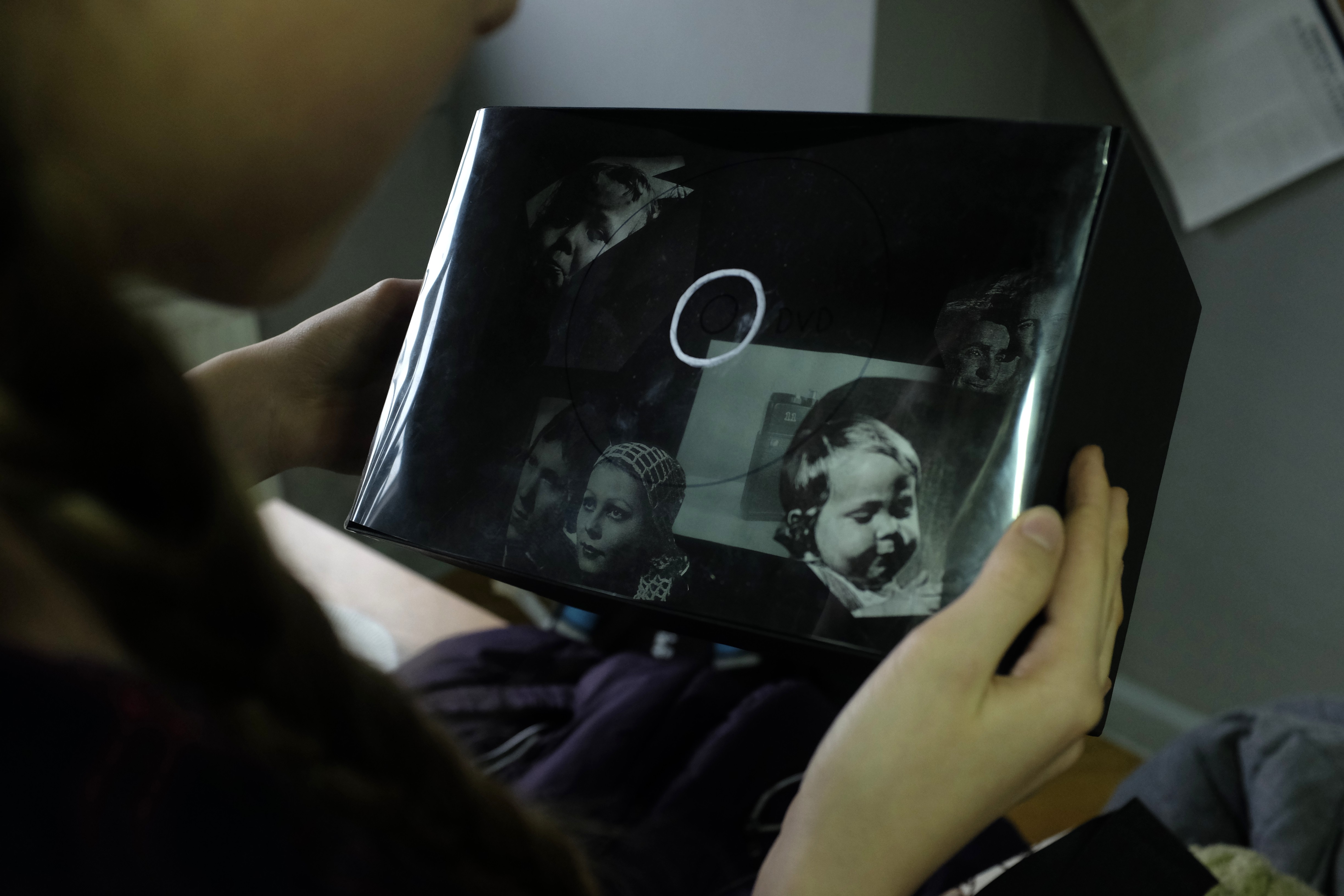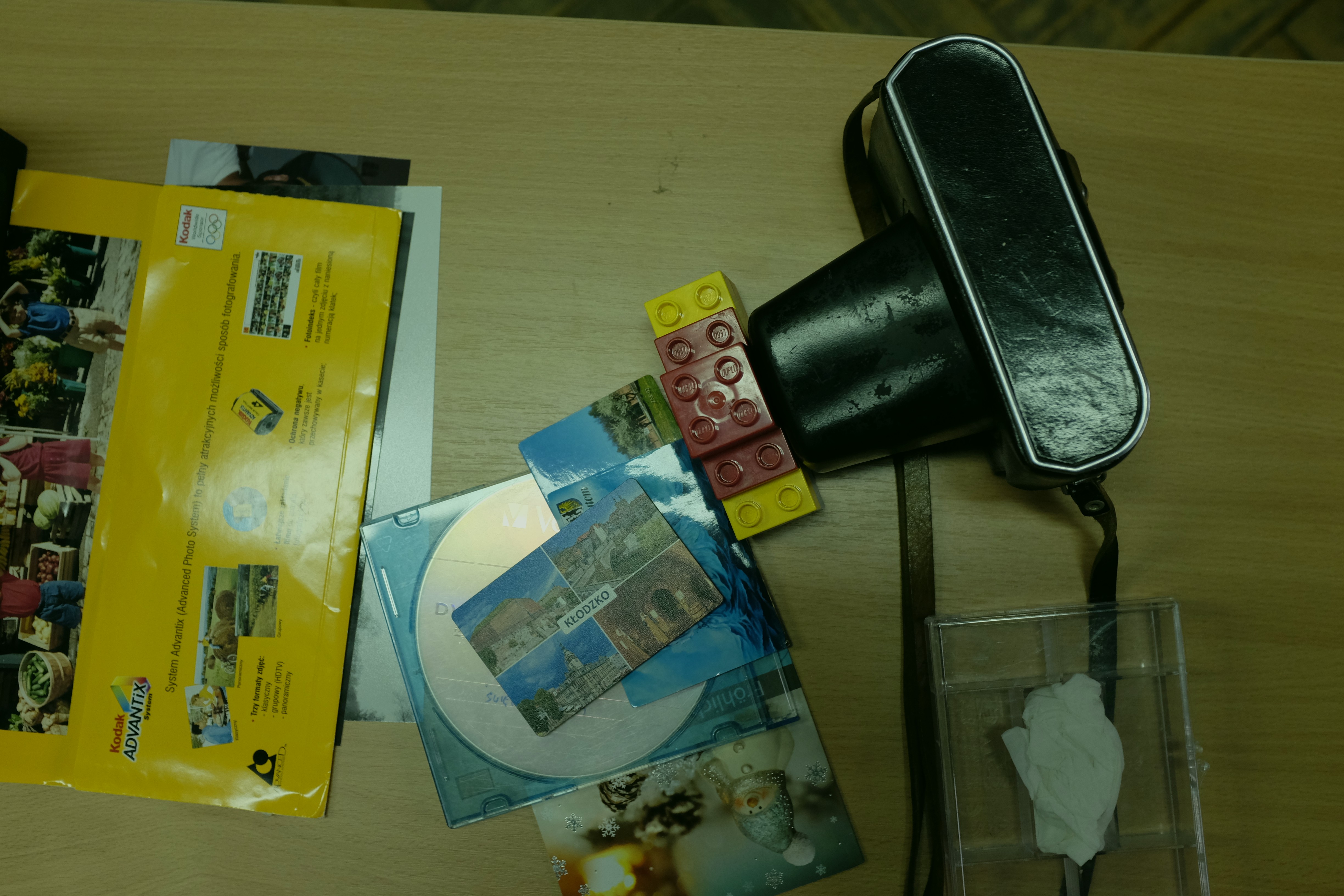Organising institution: Modern Poland
Country: Poland
Age: 14-15
Key question: How to discover the history of family internal migrations in my town using new technologies?
Objectives:
- focus attention on family stories,
- use technology to collect family stories,
- create a story using family memorabilia,
- digitization of family memorabilia,
- creation of the memory box,
- develop competencies needed to use apps and programs.
Time: 6 hours
Software and apps to be used:
- Easy Voice Recorder,
- QR Code.
Brief presentation: This DA requires from participants engagement not only during the workshop but also beforehand. They receive a task to collect some memorabilia – such as photographs, medals, letters, objects – important for them and their family. The next step is to record voices of family members with explanations: why are these memorabilia so important? During this DA participants use apps to record their family stories and to create an innovative way to present them to other members of their family. What’s important, they combine manual creative and artistic work with new technologies. With these activities we encourage them to ask themselves the question: where am I from?

Topics covered:
- identity,
- digitalization,
- family stories,
- new technology.
Civic engagement:
- identity,
- identification,
- community sense,
- respect.
Preparation of space for the Atelier: Prepare a big table which allows for individual work. Beside the main table prepare also a few smaller tables, each with a laptop and internet connection. Make sure you have enough space in the room to move around. You need a rom with a screen, projector connected to a laptop, interenet, a printer and copier.
Materials needed:
- laptops,
- cardboard black boxes,
- foil for the printer,
- black fineliners,
- copier, printer,
- scissors,
- glue which can connect foil and paper.

Main inspirations taken from personal research:
- Thomas Clarkson and his boxes: http://abolition.e2bn.org/box.html2, http://www.teachinghistory100.org/objects/for_the_classroom/thomas_clarksons_campaign_chest,
- anthropology of an object,
- artifacts
Mass media and social media connections: Building a sense of individual and collective (in a local community) identity based on the family history and memorabilia. The use of technology for their metaphorical presentation.
How do you plan to give voice to students to present or show their personal skills and knowledge? A few days before the workshop ask students to do research on family stories, collect family photographs and objects connected to their family. Ask them to collect stories about pictures, to find answers to the questions: where their family came from, who the people on the photos are, why some objects are important in their family. Ask them also to record voices of the family members (using Easy Voice Recoder app) and bring all collected materials to the workshop. During DA participants have to choose from collected objects the one which they want to present.
How do you collect information as the starting point of a Digital Atelier? Discuss with participants the meaning of artifacts and identity. Show them Clarkson ‘s boxes, which help them understand why objects collected by them can be artifacts which build their families. Discuss with them the objects they collected (How did they collect them? Why did they chose these ones?). Let them tell the reasons why they brought this objects, encourage them to share impressions and emotions.
Introducing students to the key question – the research begins: Show Clarkson’s boxes as a starting point for own research and creation of boxes. Present the question: How to discover the history of family internal migrations in my town using new technologies?
Experimental phase
- Action that unfolds the practical activity to clarify the question: Invite students to the table with black boxes. Give one box to each participant. Ask: how can we fit collected memorabilia and stories into boxes?
- Active work of the students: Explain that their task is to save collected materials in a digital version. They have to take photos of the objects and photographs, send them to the computer and print on the foil. The aim of this activity is to create the family boxes inside which we can put printed materials. By using the foil we can create an illusion of penetration of the pictures, put one behind another. This activity helps to understand that individual stories of family members, important moments in their life are interlaced, interconnected and in the end, create background for identity of the youngest generation. Each student decides which and how many objects they want to digitize, how to put them in the box. Encourage students to think about who will look in the box, how to make them surprised or fascinated, eager to know more about this family story. Each participant works alone with a possibility to consult, discuss, share questions, doubts and impressions.
- Presentation of findings and results (visualisation of information): Put the boxes on the common table. Look around the boxes.
- Analysis of results: Discuss impressions and emotions within the group.
Project/design phase – part 1
- Second action that unfolds the practical activity: How to enrich the box with the elements of speaking history?
- Active work of the students: Invite participants to listen to the recorded voices they brought. Show them Easy Voice Recorder app. The task of participants is to assemble a speaking story which can be an illustration to their boxes and save it as a QR code (using some QR generator). Each QR code should be printed and put on the box.
- Presentation of findings and results (visualization of information): Again, put all the boxes on the table. Make sure that at least a few participants have an app to read QR codes. Look inside all the boxes, listen to the stories.
- Analysis of results: Discuss the activities you completed, collect reflections of participants.
Approach to a new software or a new app: During this DA students explore the possibility of digitization of the object, mostly by photographing them. They have a possibility to get to know Easy Voice Recorder app as well as use QR codes.
Links between the Digital Atelier and real life of the students: Preparation of the family box helps to understand what identity is and how to create metaphorical area of own identity. Boxes made by participants should become an inspiration and reason to talk about family’s history and memories.
How do you plan to evaluate knowledge and skills? This DA is built around individual work of students. Evaluation of knowledge and results is made mostly by observing their activities.
Conclusion: Work with artifacts gives a possibility to observe history and identity of own family. Creation of a box is a reason to stop and reflect about own identity and history of one’s ancestors. UrbanBoxes can become elements of an exhibition about identity of members of the local community (for example a city or a district) and can be a reason to initiate reflection about collective identity.

